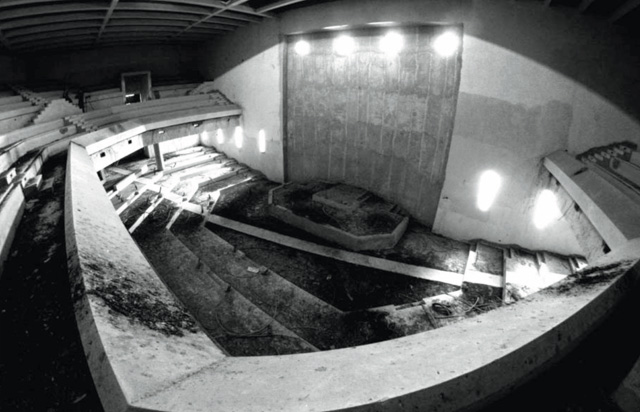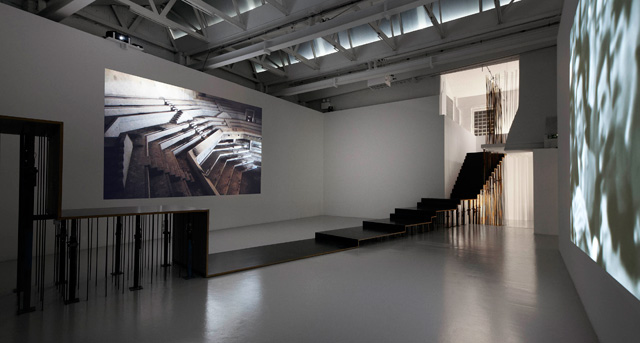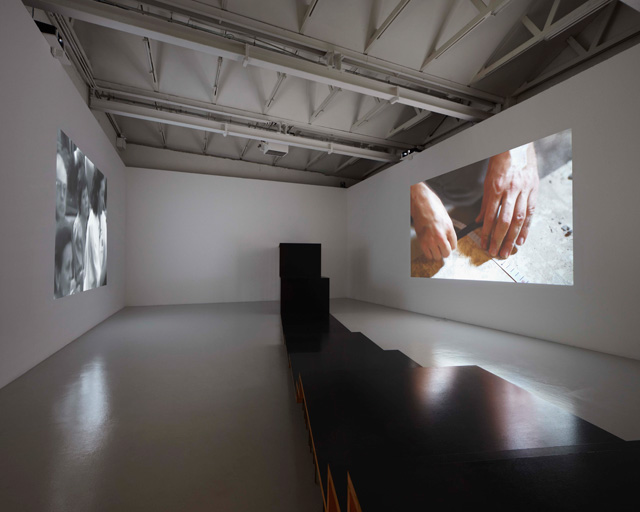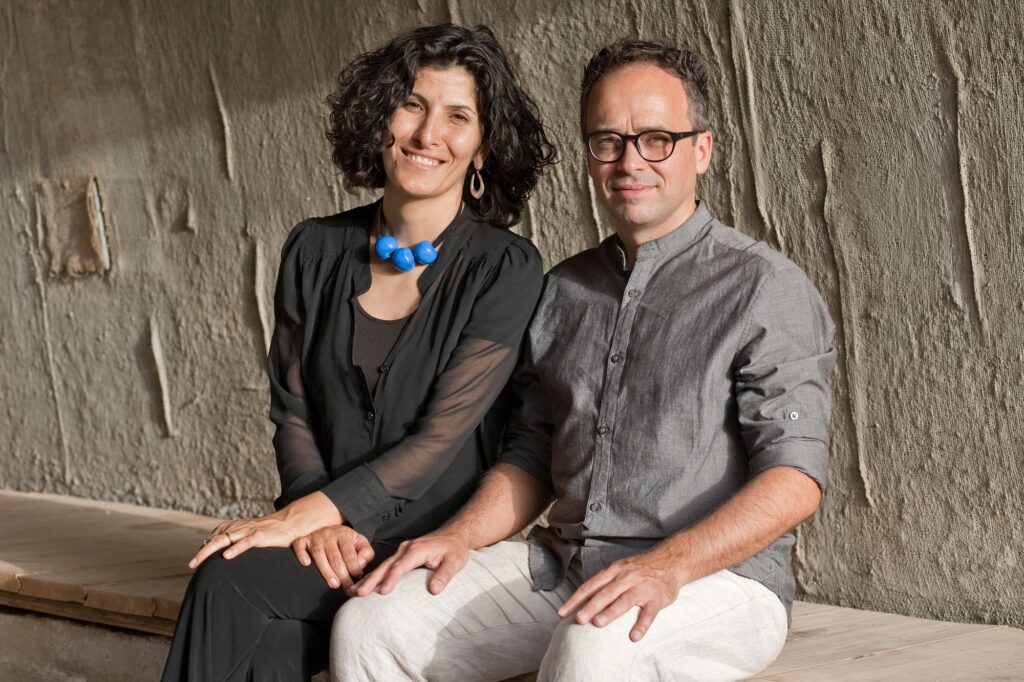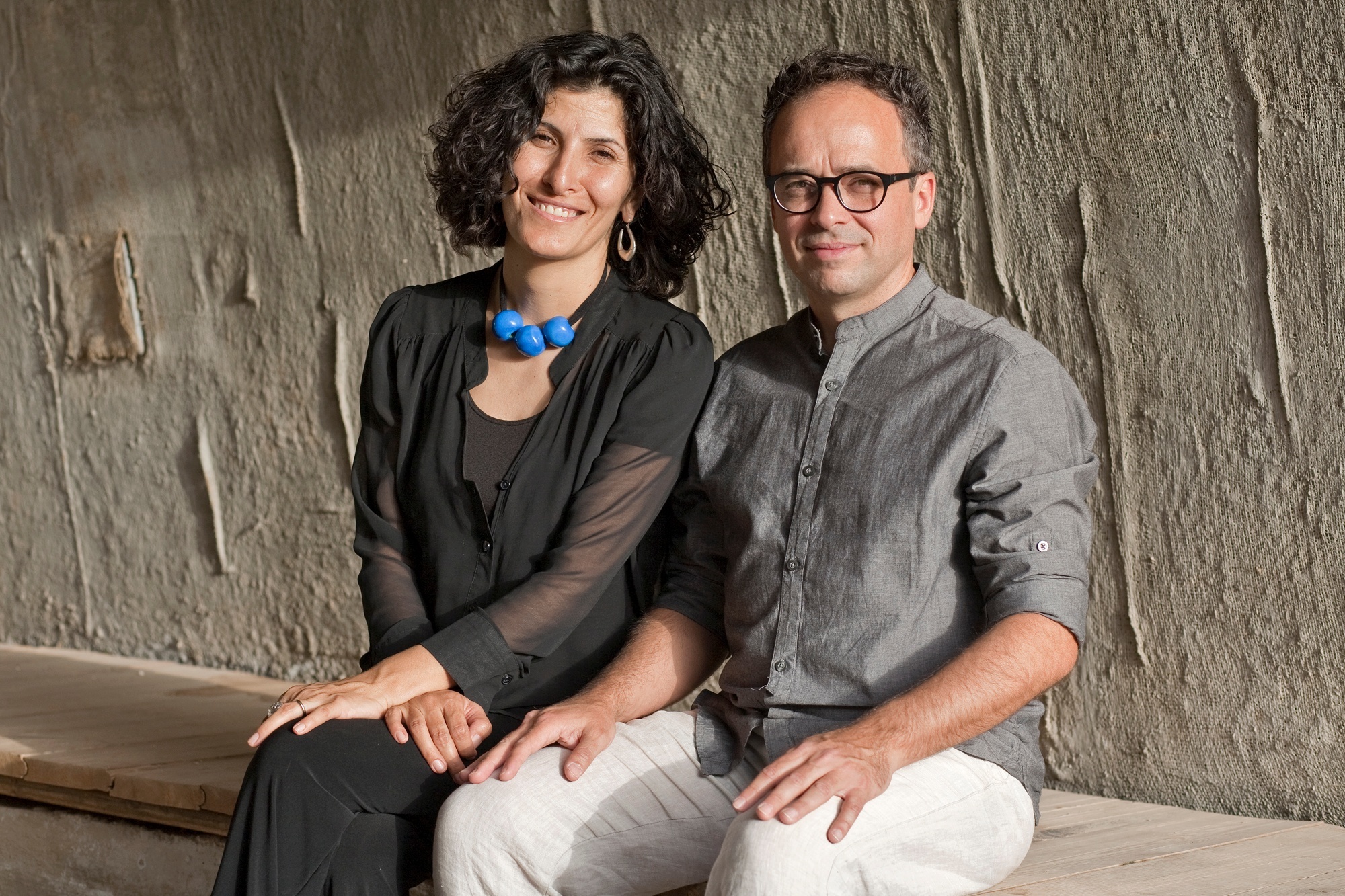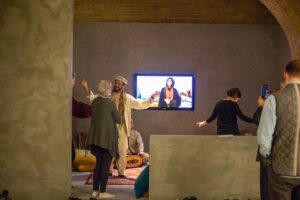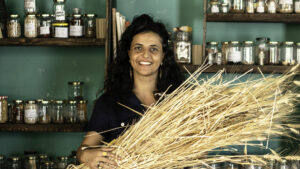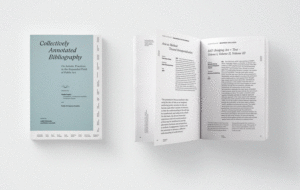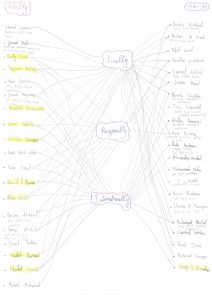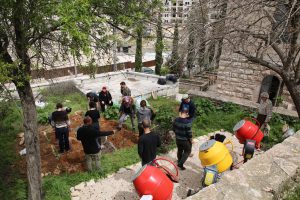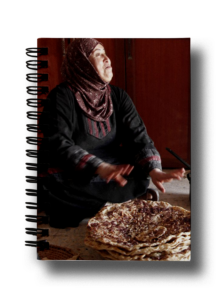Period
2009 - 2011
Proposed by
WHW
Location
Abu Dis
About the project
Common Assembly: Deterritorializing the Palestinian Parliament is a long-term project to think through and conceive spaces for political participation, decision, and action for all Palestinian.
In October 2011, the United Nations voted on whether to recognize Palestine as a sovereign state and a member of their assembly. This event’s arrival on the heels of other liberation struggles throughout the Middle East makes it a historic moment with great potential. Palestinians must deal with a significant spatial problem: how can political participation and representation be organized for a partially exiled—and, therefore, geographically dispersed—constituency?
Where different revolutionary initiatives launched by Palestinian academics and various factions seek to address this problem on the political and institutional level, DAAR is committed to thinking through this problem on the architectural, territorial and (extra) territorial levels. The studio has been granted access to the Palestinian Parliament building in Abu Dis.
It was constructed with international donations during the Oslo Years, but the project was abandoned before completion. Now the Wall cuts the building off from Jerusalem. Thus, the building stands like a monument to the collapsed peace process, but this condition of local impossibility allows for a political imagination to arise. Thus, the building becomes a starting point for imagining new types of political assembly.
We will use the building both as a site of intervention as well as a site of architectural speculation. Our goal is to work through an understanding of the relationships between territory, population, and political representation. In Palestine, the population cannot be represented by a single parliament building, as it would serve only a people within imposed borders that fragment all those who see themselves as Palestinians; it must operate through disassociations in which the constituency, the building, and the territory are categories in constant motion in relation to each other.
External links
About the artist
The artistic research practice of DAAR – Sandi Hilal and Alessandro Petti – is situated between architecture, art, pedagogy and politics. Over the last two decades, they have developed a series of research- projects that are both theoretically ambitious and practically engaged in the struggle for justice and equality. In their artistic research practice, art exhibitions are both sites of display and sites of action that spill over into other contexts: built architectural structures, the shaping of critical learning environments, interventions that challenge dominant collective narratives, the production of new political imaginations, the formation of civic spaces and the re-definition of concepts.
